The UC Berkeley Library is more than a building. It is a community of thinkers and curious minds, a fountain of shared wisdom, and, yes, an archipelago of spaces where patrons can explore, contemplate, and learn. When its in-person operations were forced to close in response to an unprecedented global crisis, the Library flung its virtual doors wide open. The Library continues to serve its community, providing instruction, connecting researchers to much-needed materials, offering a slew of services, and gathering knowledge about the current moment in hopes of building our collective understanding. Here’s a glimpse at how the Library has remained resilient in the face of the pandemic.
Capturing a crisis

Shortly after the coronavirus took hold, more than a dozen staff members at the C. V. Starr East Asian Library began working to collect important information in Chinese to document the fast-moving COVID-19 pandemic and the destruction it has sowed. Fearing the information might be lost due to government censorship or the lack of a unified effort to save it, staff members evaluated and captured valuable and at-risk materials from China, including government documents, information on the origin of the outbreak, reports about the impact of the virus, literary works about life during lockdown, and social media posts about the many facets of the health crisis. “We feel that if we do not do this, a lot of valuable information will be lost permanently,” says Peter Zhou, director of the East Asian Library. “We hope that this special collection will be of tremendous value to scholars and the general public as documentation of this unprecedented experience in our lifetimes.”
Engineering solutions
 When a mechanical engineering lab at Berkeley needed to track down standards for ventilators and ventilator accessories so it could 3-D print materials to help the coronavirus relief effort, Lisa Ngo, a librarian in the Engineering & Physical Sciences Division, was quick to lend a hand. The American National Standards Institute made its requirements for medical equipment such as ventilators freely available in light of the pandemic, and Ngo directed the lab to its portal. But one standard the lab needed wasn’t available there. Ngo tracked it down through another source and supplied it to the lab — all within a day of receiving the inquiry. “I think a lot of the work that we do can be invisible, but at times like these, people really notice the effort that we’ve put into building our digital collections and services,” says Brian Quigley, head of the Engineering & Physical Sciences Division. “I also think the Library is seen as a reliable partner, a constant, a comfort.”
When a mechanical engineering lab at Berkeley needed to track down standards for ventilators and ventilator accessories so it could 3-D print materials to help the coronavirus relief effort, Lisa Ngo, a librarian in the Engineering & Physical Sciences Division, was quick to lend a hand. The American National Standards Institute made its requirements for medical equipment such as ventilators freely available in light of the pandemic, and Ngo directed the lab to its portal. But one standard the lab needed wasn’t available there. Ngo tracked it down through another source and supplied it to the lab — all within a day of receiving the inquiry. “I think a lot of the work that we do can be invisible, but at times like these, people really notice the effort that we’ve put into building our digital collections and services,” says Brian Quigley, head of the Engineering & Physical Sciences Division. “I also think the Library is seen as a reliable partner, a constant, a comfort.”
An eye for DIY
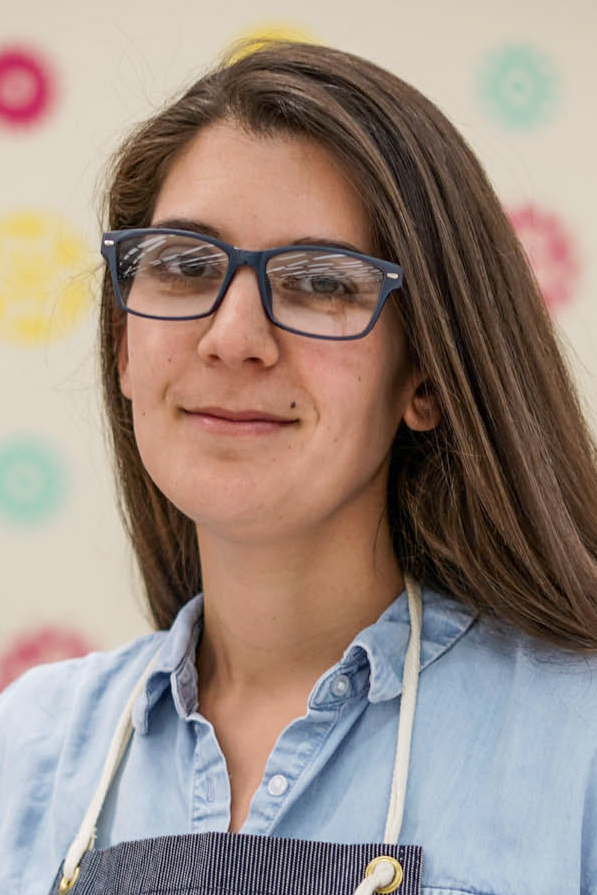
With equipment from Moffitt Library’s Makerspace, Annalise Phillips, maker education service lead, was able to set up a “mini mobile makerspace” in her living room. There, she’s developing tutorials and projects that students and staff members can work on from anywhere. Phillips is also working with students remotely, using the video-conferencing service Zoom to consult with them from afar and to help them use the software they need for their projects. By creating a series of introductory videos on how to use the tools of the Makerspace, Phillips is helping students hit the ground running when the space opens up. “I think that the constraints imposed by having to work remotely will ultimately help broaden the reach and accessibility of the Makerspace,” Phillips says.
Spreading the knowledge
With patrons unable to access the Library’s stacks, Interlibrary Services, or ILS, has worked with the Acquisitions Department to begin purchasing digital versions of books that the Library has in print. ILS has continued to faithfully provide researchers with all manner of electronic materials, quickly fulfilling requests for articles from the mammoth scientific publisher Elsevier, says Patrick Shannon, head of ILS. (Last year, the University of California terminated its subscriptions with Elsevier, a step toward securing open access to publicly funded research.) And the agile and reliable work of ILS hasn’t gone unnoticed. “On one occasion, I requested an article Sunday evening, and it was in my email box the next morning,” says Barbara Richter, a lecturer in Egyptology. “I'm so grateful, and very impressed.”
Safety in the spotlight
 Now working from home, the preservation team has been looking into the possibility of preserving fragile books by making digital surrogates. Preservation Department staff members have been tracking down existing digital copies of brittle books and ensuring they are complete. The team is also staying on top of the virus — how it is transmitted and how long it remains viable on a variety of surfaces, in anticipation of restarting the circulation of print materials. “There is a wide range of materials represented in the Library’s collections, including everything from paper and plastic to cloth and leather,” says Hannah Tashjian, who leads the preservation team. “Our goals are to preserve the collections and make sure they can be safely handled for research.”
Now working from home, the preservation team has been looking into the possibility of preserving fragile books by making digital surrogates. Preservation Department staff members have been tracking down existing digital copies of brittle books and ensuring they are complete. The team is also staying on top of the virus — how it is transmitted and how long it remains viable on a variety of surfaces, in anticipation of restarting the circulation of print materials. “There is a wide range of materials represented in the Library’s collections, including everything from paper and plastic to cloth and leather,” says Hannah Tashjian, who leads the preservation team. “Our goals are to preserve the collections and make sure they can be safely handled for research.”
Our expertise, from anywhere
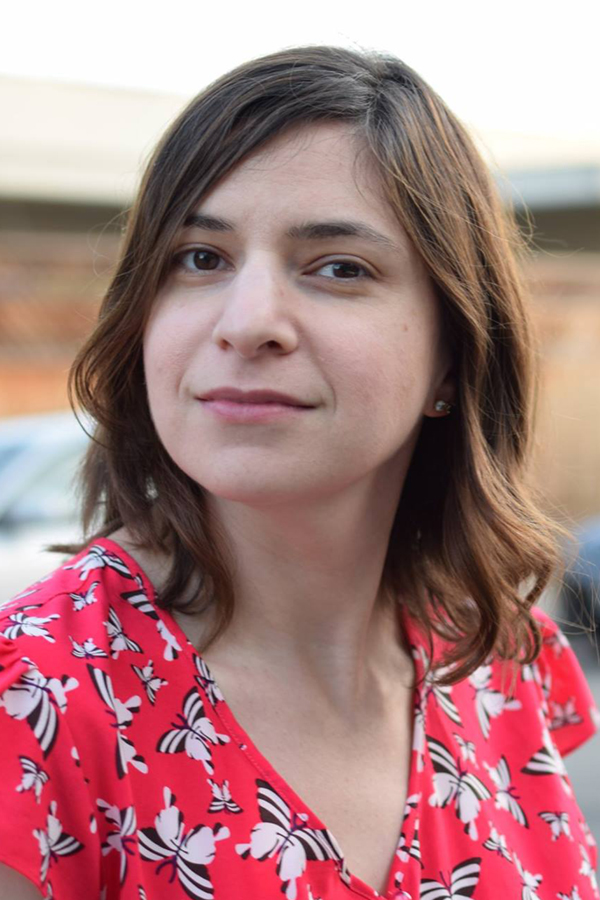
The Office of Scholarly Communication Services had been planning an immersive in-person institute to bring together digital humanities researchers, legal experts, and librarians, and to provide participants with a solid foundation for navigating legal and ethical issues that crop up when pursuing digital humanities projects involving giant mounds of data. In light of the coronavirus pandemic, the office quickly and thoughtfully moved the program, called Building Legal Literacies for Text Data Mining, online. In addition, the office recently hosted a webinar for over a hundred faculty members and librarians on copyright in course design and digital learning environments. With remote learning taking on an outsized role in the day-to-day lives of students, the office is empowering instructors and staff members with the information they need to confront many of the copyright, fair use, and contractual issues that emerge when designing online courses. In the meantime, the office has continued to support Berkeley scholars as they navigate copyright and other legal issues. For example, the office helped equip a patron working on a book about bohemian poet George Sterling with the information he needed to make a copyright decision on whether to include photographs of the poet in his work. “We believe that maintaining friendly, thorough, and reliable support during crises has been much appreciated, and Library users have been very grateful for the consistency in service despite the turmoil in the world,” says Rachael Samberg, the Library’s scholarly communication officer.
Instruction across the globe
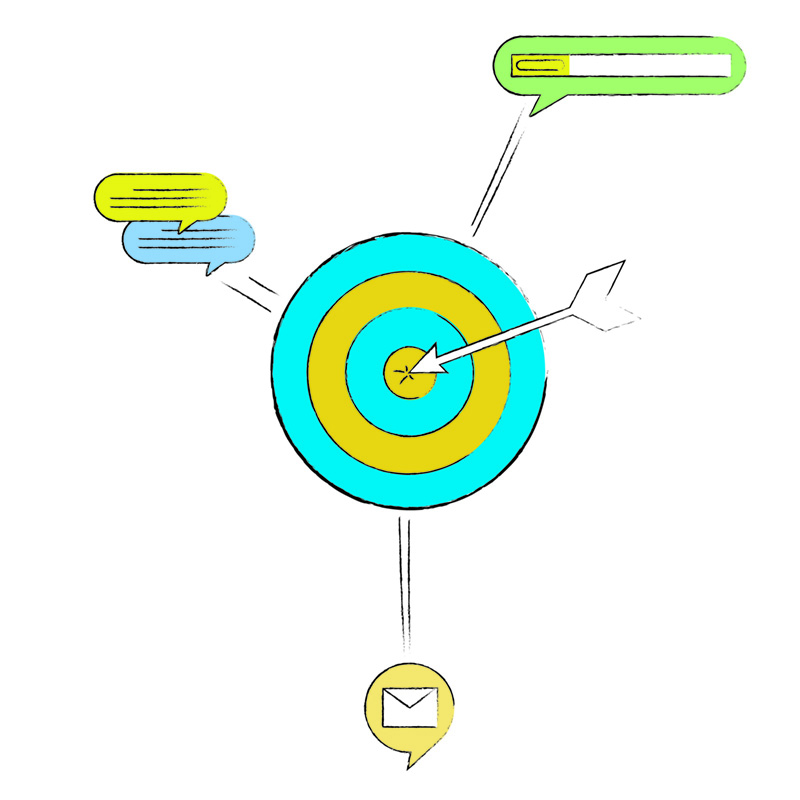 During the first week of sheltering in place, Nicole Brown, head of the Instruction Services Division, met with a student one morning only to discover she was in Seoul, South Korea, where it was 1:30 a.m. (Brown and the student, who had been at Berkeley but returned home because of the pandemic, successfully navigated the Library’s e-book collections to find a travel narrative the student needed for her project.) The division has long offered virtual support to patrons, including chat and email reference services. But with the shelter-in-place order, the instruction services team had to rapidly shift to promote these services and add a virtual option for their appointments. The division teaches workshops that are integrated into courses and found ways to adapt them for an online environment. To help students navigate the library research process, even from afar, the team deployed an interactive digital library notebook created during the power outages last fall. “I believe that the constraints that accompany a closure of this scale push us to solve problems creatively,” Brown says. “The value of our services is definitely highlighted now that we are remote. The closure also reminds our community that not everything is available online and that the Library plays a critical and unique role to support stewardship and access.”
During the first week of sheltering in place, Nicole Brown, head of the Instruction Services Division, met with a student one morning only to discover she was in Seoul, South Korea, where it was 1:30 a.m. (Brown and the student, who had been at Berkeley but returned home because of the pandemic, successfully navigated the Library’s e-book collections to find a travel narrative the student needed for her project.) The division has long offered virtual support to patrons, including chat and email reference services. But with the shelter-in-place order, the instruction services team had to rapidly shift to promote these services and add a virtual option for their appointments. The division teaches workshops that are integrated into courses and found ways to adapt them for an online environment. To help students navigate the library research process, even from afar, the team deployed an interactive digital library notebook created during the power outages last fall. “I believe that the constraints that accompany a closure of this scale push us to solve problems creatively,” Brown says. “The value of our services is definitely highlighted now that we are remote. The closure also reminds our community that not everything is available online and that the Library plays a critical and unique role to support stewardship and access.”
Preserving history

After the disruption of a bioengineering professor’s internship program, with funding from the National Institutes of Health, The Bancroft Library’s Oral History Center swooped in, teaching students in the program oral history methodology to help them conduct interviews that shine a light on the pandemic’s impact on scientific research. The center is also engaging with the public through podcasts: The new season of The Berkeley Remix, the OHC’s podcast, is aptly titled “Coronavirus Relief” and provides a respite for the soul while drawing on the center’s vast collections, along with musings from the members of the OHC’s staff themselves. Facing the challenge of not being able to have in-person conversations with subjects, members of the OHC have developed a new process for conducting interviews remotely. And through it all, they’ve exhibited grace and unrelenting dedication. “I remain impressed, sometimes in awe, of my amazing colleagues in the Oral History Center and the Library in general,” says Martin Meeker, director of the OHC. “Dedication to their work, a spirit of optimism and flexibility, and a desire to continue to work have made it clear to me that this is no average group of people — and that, even in times of stress and worry, they inspire me to do better, too.”
Sharing our gems
When word about COVID-19 began to spread, and as the prospect of sheltering in place loomed, Imaging Services rapidly shifted its focus to capturing new images. (Capturing images, unlike the job of processing those images, cannot be done off-site, given its reliance on the Library’s physical materials.) With a stockpile of newly digitized materials, members of the team could turn to processing images once they dispersed to their homes. As a result, the Library’s digitized materials have continued to pour into the digital repository HathiTrust, as well as the Library’s Digital Collections site. In addition, the Imaging Services team has continued its important work of providing accessible versions of materials to members of Berkeley’s scholarly community with print disabilities. If, for example, an item is available through HathiTrust’s new emergency service — which provides access to millions of digital versions of print volumes from the University of California’s collections — a team member can download the item, making sure it’s accessible to someone with a disability; create a PDF and Microsoft Word file; and provide the files to the person who needs it. All told, this has been a time of great change — and a departure from the way the team normally functions from day to day, says Christine Huhn, head of Imaging Services. “As photographers, it was difficult not being at the cameras or scanners and having that hands-on work with the Library’s collections,” she says. “I’m extremely proud of the Imaging Services team and how well they have adapted to working remotely.”
Bridging the divide
 The Library has expanded its focus to include purchasing electronic versions of print books on reserve for Berkeley courses. “Our efforts to acquire online versions of print reserve books is something we’ve done to immediately address the challenges students face in remote learning,” says Mark Hemhauser, head of the Acquisitions Department. Although many of the books aren’t readily available in electronic form, the department acquired digital versions of about 20 percent of the books on print reserves. Providing access to electronic versions of course materials is a boon to students adjusting to an online learning landscape and is a critical way to provide equal access to materials on both sides of the economic divide, which has been thrown into sharp relief during the pandemic.
The Library has expanded its focus to include purchasing electronic versions of print books on reserve for Berkeley courses. “Our efforts to acquire online versions of print reserve books is something we’ve done to immediately address the challenges students face in remote learning,” says Mark Hemhauser, head of the Acquisitions Department. Although many of the books aren’t readily available in electronic form, the department acquired digital versions of about 20 percent of the books on print reserves. Providing access to electronic versions of course materials is a boon to students adjusting to an online learning landscape and is a critical way to provide equal access to materials on both sides of the economic divide, which has been thrown into sharp relief during the pandemic.
A new chapter
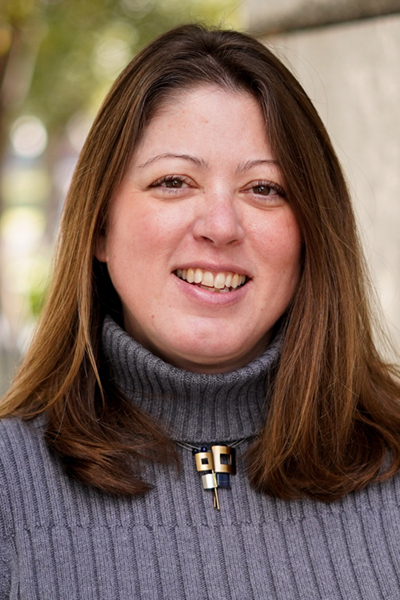
“(This pandemic) has taught us the importance of continually adjusting and adapting,” says Elizabeth Dupuis, senior associate university librarian and director of Doe, Moffitt, and the subject specialty libraries. Dupuis is playing a leading role in the Library’s response to the COVID-19 pandemic, rethinking the ways the Library can safely and effectively serve its patrons, from moving research consultations and instruction sessions online to extending due dates to give borrowers some relief. In the final hours before the buildings closed, the Library boosted its efforts to check out laptops to students who needed them, extending lending periods to ensure everyone could continue their studies remotely through the closure. The Library also worked with the massive digital repository HathiTrust to enact an emergency service providing UC Berkeley students, faculty, and staff access to digital versions of millions of physical volumes held by University of California libraries. When the Library’s operations return to normal, things won’t be the same, Dupuis predicts: “We’ll be back on campus — different, wiser, and with a renewed sense of purpose.”
Reel solutions
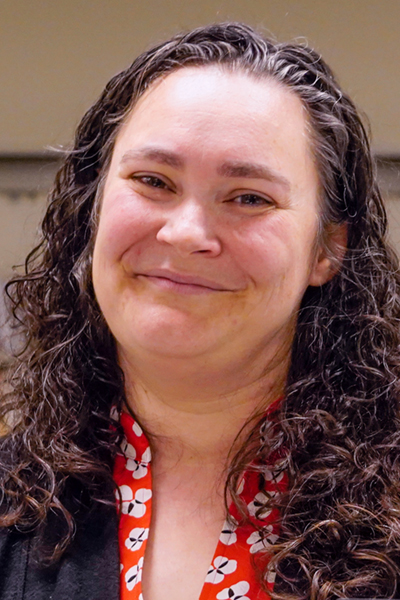
During the health crisis, Gisèle Tanasse, film and media services librarian, has seen a continuing spike in streaming requests, with some classes doubling, even tripling, their media assignments, and instructors incorporating streaming videos into their final exams. Separated from the physical media collection and equipment, Tanasse has embraced creative solutions to provide media to the students and faculty who need it, including teaching instructors how to digitize their own films, trading files with institutions, and collaborating with partners such as the Berkeley Language Center and the American Cultures Center. “We’ve had a few instructors reach out who had been screening personal copies of out-of-print VHS tapes in class, bringing their own VCRs to class,” Tanasse says. “In the scramble to digitize analog video, I see an opportunity to showcase the myriad ways in which the Library supports instruction and to build longer-term relationships. I find that very rewarding and special in this time where we can be feeling so disconnected.”
Channeling creativity
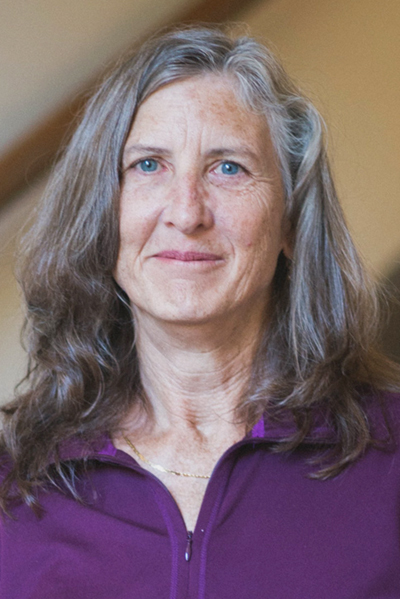
“Staff have been remarkably creative in developing new ways to meet the research needs of students and faculty, and in supporting each other during these challenging times,” says Susan Edwards, head of the Library’s Social Sciences Division. When helping faculty and students, for example, sometimes it’s just easier to show something rather than explain it in writing. Some librarians in the Social Sciences Division have turned to screen-sharing on video calls (asking students and faculty to share their screens) and creating quick videos to more effectively help patrons solve problems and navigate resources. Staff members have also supported students by helping make all required course readings available electronically. The rapid shift to online learning in March meant the Library’s traditional in-person course reserve service was no longer available, creating a steep challenge for students unable to afford all the required course materials. Staff members in the division have been working with instructors to identify and acquire required readings, buying digital copies when they are available or scanning print versions and providing access through HathiTrust’s emergency service — easing the burden on students who are facing a multitude of challenges because of the pandemic.
An anchor in the storm
Jesse Silva, the Library’s scholarly resources strategy and federal government information librarian, has continued helping students while they shelter in place, fielding their questions and steering them to the information they need, including datasets from the U.S. Census Bureau and other sources. Silva and other Berkeley librarians have provided reliable support for students and, by relying on their knowledge of many subjects and resources, have saved them time. “This crisis has shown the value of our electronic resources, and the value of librarians’ subject knowledge in being able to quickly point to (and) suggest a source,” Silva says.
Collaboration from all corners
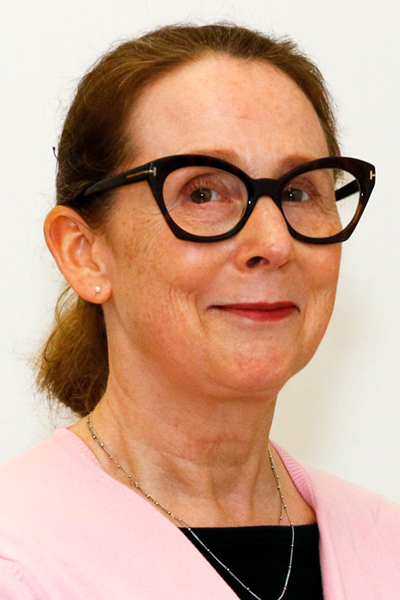
As Library buildings pulled their doors closed in response to the pandemic, Catalog & Metadata Services moved fully online, providing employees the opportunity to learn new ways of doing their work, explore new areas of cataloging, and collaborate with new people. “We are getting to know colleagues we don't usually work with, and we are coming together to work on Library-wide projects,” says Jane Rosario, the interim head of Catalog & Metadata Services, who emphasizes the importance of staying engaged with the Library community. “Connecting with our colleagues online has been so valuable during this time. … The support system we have here sustains us not only during our regular work but in uncertain times.”
Illustrations by A. Hamilton